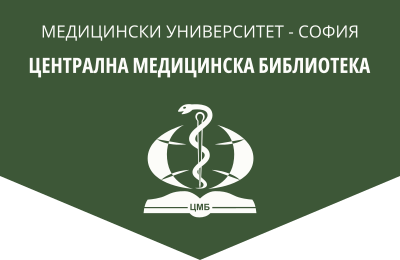New approaches and progress in the development of cholinesterase reactivators crossing the blood–brain barrier
Bulgarian Medical Journal, 2024, 18(4), 20-24.
A. Nedzhib1, I. Samnaliev2
1 Military Toxicology Section, Department of Disaster Medicine, Military Medical Academy – Sofia
2 Department of Disaster Medicine, Military Medical Academy – Sofia
Abstract. Cholinesterase reactivators are an important component of antidote therapy for acute intoxications with nerve agents. They work by restoring the enzymatic activity of acetylcholinesterase that has been inhibited by the nerve agents. Currently, only two oxime reactivators, 2-PAM and Obidoxime, have been approved for clinical use, while another oxime, HI-6, is effective against a broad spectrum of nerve agents but not tabun poisoning. One disadvantage of these reactivators is that they cannot cross the blood–brain barrier, leaving brain acetylcholinesterase unprotected from the toxic effects of nerve agents. To overcome this, research is being conducted in two directions. The first direction is focused on synthesizing new reactivators that can avoid ionization. The second direction involves using nanoparticles as carriers to transport the reactivators across the blood-brain barrier. These advancements aim to improve the effectiveness of cholinesterase reactivators in treating nerve agent intoxication.
Key words: cholinesterase reactivators, nerve agents, nanoparticles, chemical synthesis
Address for correspondence: Assoc. Prof. Ahmed Nedzhib, Doble PhD, e-mail: anedzhib@gmail.com
